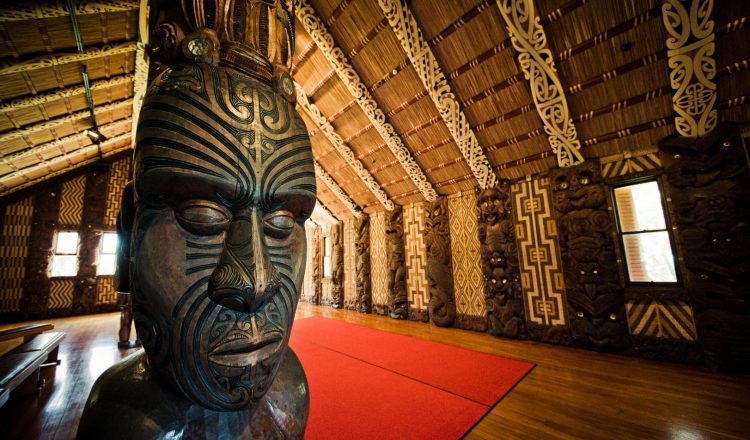新西兰英语
新西兰英语或猕猴桃英语(我们稍后将提及一个俚语!)是新西兰三种官方语言中使用最多的语言.另外两种是毛利语和新西兰手语。与国家的文化组成非常相似,新西兰的演讲也是一个受到世界各地影响的大熔炉。
新西兰英语的主要组成部分来自英国英语,元素来自苏格兰语(特别是南地区)、爱尔兰语、澳大利亚甚至美国英语。然而,随着新西兰的北欧和毛利文化开始融合为集体的民族特征,毛利语中的一些借用词已开始看到使用。
借来的话
毛利语或 Te Reo 毛利语被广泛用来命名岛上发现的丰富动植物群。一个值得注意的例子是猕猴桃鸟,它是一种已成为国家象征的小鸟。猕猴桃鸟是俚语术语 “猕猴桃” 的起源,意思是新西兰人或来自新西兰。现在比以往任何时候都更频繁地使用毛利人贷款词汇。不是要取代英语同行,而是为了使新西兰不断发展的语言多样化。
其他值得注意的毛利人贷款词汇是:“kai”(食物)、iwi(部落)、whanau(家庭)和 waka(独木舟或船只)。像英语这样的主导语言,很少借用毛利语这样不太主导的语言中的词汇,但在新西兰,毫无疑问是这样的;而且它不仅仅来自毛利语!像 “Gung Ho” 这样的术语意味着过度热情是来自中国定居者,以及 “番茄酱” 等其他词汇。苏格兰术语 “wee” 的意思是 “小” 也已被采用,但主要是在南兰兹省。
猕猴桃俚
像表兄语、澳大利亚英语一样,猕猴桃英语对俚语有着迷人的方法,这些术语往往使非新西兰人极为困惑。这种繁重的俚语加上猕猴桃口音甚至可能会让英语讲英语的人刮伤他们的头。
一个非常灵活的例子是 “chur” 一词,这个词是 “欢呼” 的复合,意思是 “谢谢”,但可以用来表示同意、谢谢、问候和再见。其他复合的例子是 “jandals” 一词,即奇异人字拖。这个词结合了 “日本” 和 “凉鞋” 来描述鞋类的风格。
“甜如” “薄荷” 和 “Preemo” 都意味着 “好” 或 “没问题”,经常加上 “如” 一词以供强调(“快” “意味着”)。
新西兰有许多难以到达的农村和崎岖地区。猕猴桃可能会将它们称为 “wop wops”,意思是 “在无处之中”。它的起源相对难以追踪,但这可能是用毛利语或澳大利亚原住民语言说出地名有多困难的旧参考。无论哪种方式,这都是一个很棒的短语!
“她说得对。”俚语是 “没问题” 或 “没问题”,不需要谈论女人的上下文。
由于许多新西兰人的悠闲休闲性质,你可能会听到人们彼此称为 “Cuz” “伴侣” 或 “兄弟”,但是你应该只为朋友保留。在文化上,友好、热情欢迎的新西兰人可能难以告诉人们不,这可以解释稀释和不确定的 “是啊” 意思是 “不” 和 “Nah Yes” 的意思是 “是” 的原因。奇怪但非常独特的猕猴桃俚语。

















































